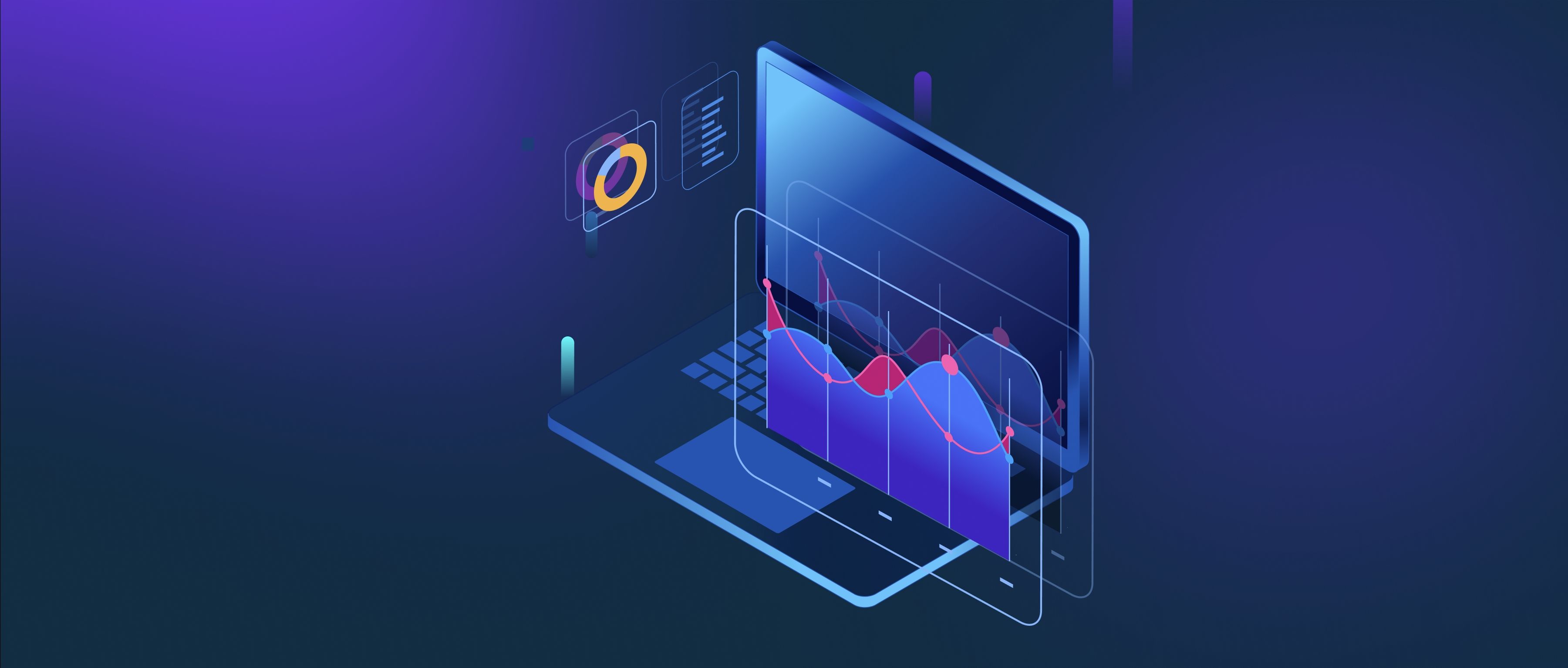Quantum Key Distribution (QKD) is a method used to securely share encryption keys between two parties using the principles of quantum mechanics. The main goal of QKD is to allow two users, commonly referred to as Alice and Bob, to generate a shared secret key that can be used for encrypting messages. The unique aspect of QKD is that it guarantees the security of the key exchange process, even if a third party, known as Eve, attempts to intercept or measure the quantum signals sent between Alice and Bob.
The basic operation of QKD utilizes quantum bits, or qubits, which can exist in multiple states simultaneously thanks to quantum superposition. Typically, Alice sends qubits to Bob, often through a fiber-optic connection. For example, they might use polarization states where vertical polarization represents a 0 and horizontal a 1. Once Bob receives the qubits, he measures their states using a randomly chosen method. Both parties then compare their measurement bases over a classical channel (which is secure) and identify which qubits were measured in the same basis, discarding the rest. This collection of agreed-upon qubit states forms the raw key between Alice and Bob.
To enhance security, QKD also includes a process called "key distillation," which involves checking for errors or potential eavesdropping. After the initial key is generated, Alice and Bob can perform error correction and privacy amplification to produce a final secure key. This ensures that even if Eve has some information about the qubits, she cannot use it to gain access to the keys. Protocols like BB84 and E91 are popular examples of QKD systems, each employing different methods for generating and verifying the key, but all share the core principle of utilizing quantum mechanics to secure communications.
